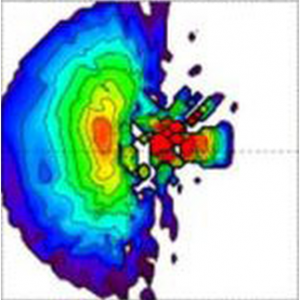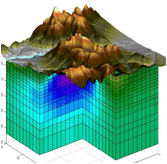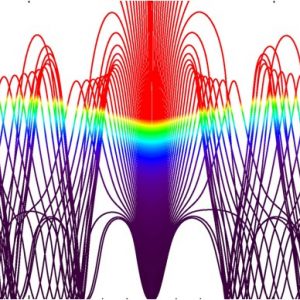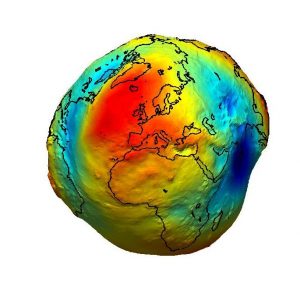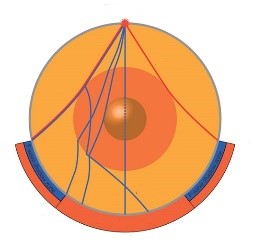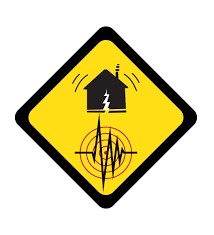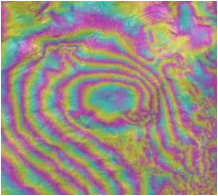Infrasound research
In May 2017, Hungary’s first infrasound station started operating in Mátra, on Piszkés-tető, maintained by the GGI Kövesligethy Radó Seismological Observatory (now: EPSS, Kövesligethy Radó Seismological Observatory).
The station detects low-frequency (f < 20 Hz) acoustic waves, infrasounds, which are inaudible to the human ear. Infrasound can be generated by many natural and artificial sources, such as volcanic eruptions, meteors, thunderstorms, ocean waves, explosions, rocket launches, aircraft, etc. The interesting thing about infrasound is that a strong signal can travel very far in the atmosphere, up to thousands of kilometres from the source. The observation of atmospheric infrasound has many scientific and practical applications. In addition to observing infrasound sources (e.g. detection of explosions, remote monitoring of volcanic activity), infrasound waves can be used to study the structure of the atmosphere in a similar way to the way in which earthquake waves "scan" the internal structure of the Earth. Infrasound research is a young discipline in the world. Although it dates back to the beginning of the 20th century, it gained real importance with the Comprehensive Nuclear-Test-Ban Treaty (1996). In order to monitor the Treaty, a worldwide monitoring network (IMS) was set up, which includes 60 infrasound stations for the detection of nuclear explosions, in addition to 3 other technologies. In the last two decades, in addition to the IMS stations, a number of smaller scientific infrasound stations have been established worldwide, and atmospheric infrasound has become an important discipline. In Europe, researchers in the field of infrasound are brought together by the Atmospheric Dynamics Research InfraStructure in Europe (ARISE) project, which aims to model the atmosphere at high resolution by integrating different technologies. Our institute joined the project in 2016. One year after the installation of the Piszkés-tető station, the Central and Eastern European Infrasound Network (CEEIN) was established on the initiative of our colleagues, which includes 3 Romanian, 2 Czech and 1 Austrian station, which will be installed in the near future, in addition to the Hungarian station. The station at Piszkés-tető is a medium sized (250 m aperture) system of 4 microbarometers, optimised for the detection of regional events (within 1-2000 km). The first year's detections include a number of domestic mine explosions, storms, bolides and microbarometers generated by Atlantic swells. The first goal of our staff is to use the new technology to observe domestic mine explosions and to separate them from natural earthquakes by interpreting seismic and infrasound data together. Infrasound research website: http://www.infrasound.hu




